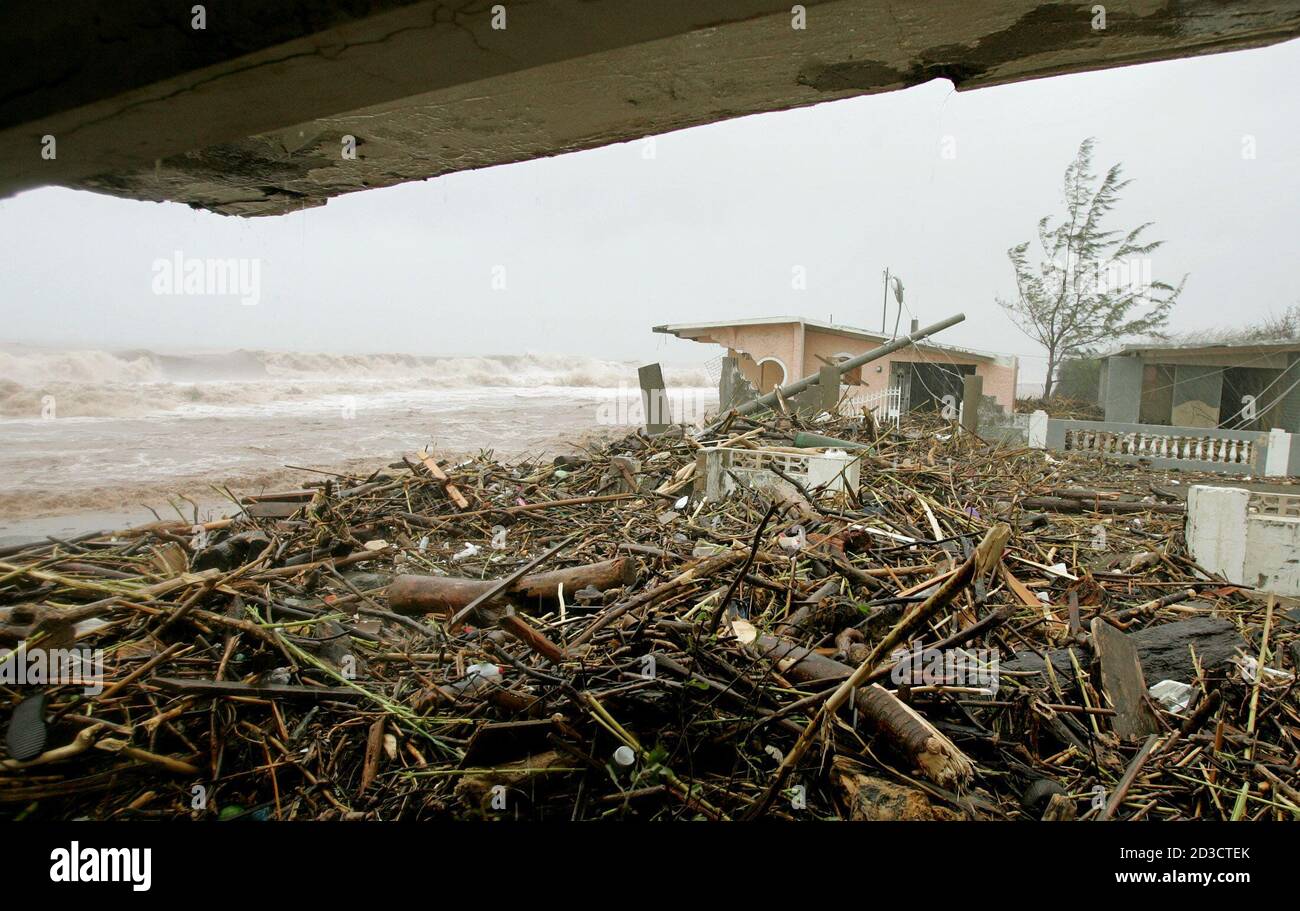Hurricane Impact Assessment: Hurricane Heading To Jamaica

Hurricane heading to jamaica – The impending hurricane poses significant threats to Jamaica, potentially bringing devastating impacts due to its anticipated intensity. It is crucial to assess the potential consequences and prepare accordingly to mitigate the risks and safeguard lives and property.
Expected Wind Speeds
The hurricane is forecast to unleash fierce winds, with gusts reaching speeds that could cause widespread damage. These winds can topple trees, damage buildings, and disrupt infrastructure, including power lines and communication systems.
The relentless hurricane barreling towards Jamaica’s shores carries with it a reminder of the fragility of life. Amidst the chaos, news trickles in about the Pittsburgh Steelers’ acquisition of Brandon Aiyuk, a skilled wide receiver poised to make waves in the NFL.
Like the storm that threatens to unleash its fury, Aiyuk’s arrival in Pittsburgh has the potential to reshape the team’s destiny. Yet, as the hurricane’s path becomes increasingly clear, our focus shifts back to the imminent danger facing Jamaica, where countless lives hang in the balance.
Anticipated Rainfall
Torrential rainfall is another major concern, as the hurricane is expected to dump copious amounts of water over Jamaica. This can lead to flash flooding, which can inundate low-lying areas and cause significant damage to roads, bridges, and buildings.
Potential Storm Surge
Storm surge, a wall of water driven by the hurricane’s powerful winds, poses a severe threat to coastal communities. It can inundate coastal areas, causing widespread flooding and erosion, and damaging or destroying buildings and infrastructure.
As the fierce winds of the hurricane approach Jamaica, the hearts of its people tremble. Amidst the impending storm, there’s a flicker of hope in the news of James Wood’s remarkable baseball performance. His bat crackles with power, sending the ball soaring through the air, offering a momentary respite from the looming danger.
As the hurricane rages, the indomitable spirit of Jamaica remains unyielding, just like the determination of James Wood on the baseball field.
Historical Precedents
Jamaica has faced the wrath of hurricanes in the past, and studying their impacts can provide valuable insights into the potential consequences of the current storm. By examining the historical data of similar hurricanes, experts can assess the likelihood and severity of various impacts, such as wind damage, flooding, and storm surge.
Areas of Greatest Risk
Certain areas of Jamaica are particularly vulnerable to the hurricane’s impacts. Coastal communities are at high risk of storm surge, while low-lying areas are susceptible to flooding. Additionally, areas with weak infrastructure or buildings that are not hurricane-proof are more likely to suffer severe damage.
Emergency Preparedness and Response

In anticipation of the impending hurricane, Jamaican authorities are implementing comprehensive emergency preparedness measures to safeguard lives and property. These measures encompass evacuation plans, shelter arrangements, and public education campaigns to ensure the well-being of the populace.
For individuals and communities, proactive steps are crucial to mitigate the impact of the hurricane. Securing property by boarding up windows, reinforcing roofs, and elevating belongings to higher ground is paramount. Additionally, gathering essential supplies such as non-perishable food, water, first-aid kits, and medications is indispensable.
Roles and Responsibilities of Organizations and Agencies, Hurricane heading to jamaica
A coordinated response to the hurricane requires the collaboration of various organizations and agencies, each with specific roles and responsibilities:
| Organization/Agency | Responsibilities |
|---|---|
| National Emergency Management Office (NEMO) | Overall coordination and management of disaster response |
| Office of Disaster Preparedness and Emergency Management (ODPEM) | Implementation of evacuation plans, establishment of shelters, and distribution of relief supplies |
| Jamaica Defence Force (JDF) | Security, search and rescue operations, and infrastructure repair |
| Jamaica Constabulary Force (JCF) | Law enforcement, traffic control, and public safety |
| Jamaica Red Cross | Provision of medical assistance, shelter, and food |
| Local Government Authorities | Coordination of community-level response, evacuation, and shelter arrangements |
Economic and Social Impacts

The impending hurricane poses significant economic and social challenges for Jamaica. The economic consequences could be far-reaching, affecting infrastructure, businesses, and tourism, the lifeblood of the island’s economy.
The hurricane’s fury could cause widespread damage to infrastructure, including roads, bridges, and power lines. This disruption can paralyze transportation, hinder communication, and disrupt essential services, impacting businesses and daily life.
Damage to Businesses
Businesses, especially small and medium enterprises, are particularly vulnerable to hurricane damage. The destruction of property, loss of inventory, and disruption of operations can lead to significant financial losses. The tourism sector, a major contributor to Jamaica’s economy, could be severely impacted by the hurricane, leading to a decline in tourist arrivals and revenue.
Social Impacts
The social impacts of the hurricane can be equally devastating. The displacement of residents due to damaged homes and the disruption of education and healthcare services can create significant hardship and stress.
Psychological Trauma
The psychological trauma experienced by those who witness the hurricane’s destruction and its aftermath can have long-lasting effects on mental health and well-being.
Mitigating Impacts
To mitigate the economic and social effects of the hurricane and support recovery efforts, it is crucial to:
- Invest in disaster preparedness and response measures, including infrastructure strengthening and early warning systems.
- Provide financial assistance and support to affected businesses and individuals, including grants, loans, and insurance.
- Establish evacuation plans and emergency shelters to ensure the safety of residents.
- Mobilize community organizations and volunteers to provide support and assistance to those in need.
- Implement mental health programs to address the psychological trauma experienced by survivors.